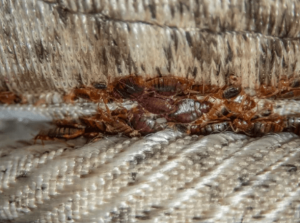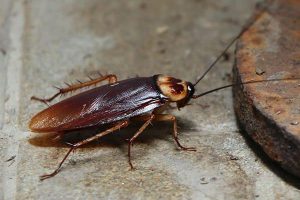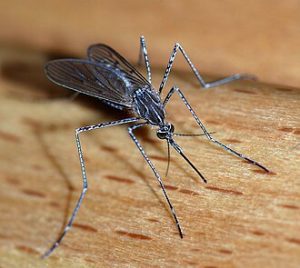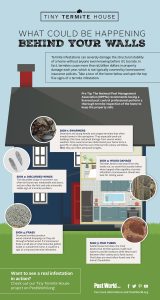In the world of pest control, there are a number of myths that persist, often leading to ineffective pest management practices and even potential health hazards. Let’s set the record straight and debunk some of the most common misconceptions about pest control.
Myth 1: A clean house is a pest-free house.
While maintaining a clean and tidy environment can certainly reduce the attractiveness of your home to pests, it doesn’t guarantee pest-free living. Pests are resourceful creatures, capable of finding food and shelter in even the most spotless homes. They can squeeze through tiny cracks and crevices, hitchhike on groceries or packages, and even breed within the walls of your home.

Myth 2: DIY pest control is always effective.
DIY pest control methods may seem like a cost-effective solution, but they often prove ineffective or even counterproductive. Over-the-counter pesticides may not be strong enough to eliminate established infestations, and improper application can lead to exposure hazards for you, your family, and your pets.
Myth 3: Pest control is only necessary for severe infestations.
Proactive pest control is essential for preventing pest problems from escalating. Early detection and treatment can save you time, money, and hassle in the long run. Waiting until you have a full-blown infestation can make it more difficult to eliminate pests and may lead to more extensive damage to your property.
Myth 4: Pesticides are always harmful to humans and pets.
When used properly, professional-grade pesticides are designed to be safe for humans and pets. Pest control companies have extensive knowledge and experience in selecting and applying pesticides that minimize potential risks.
Myth 5: Pest control is a one-time event.
Pest control is an ongoing process, not a one-time fix. Pests can easily re-enter your home if you don’t maintain preventive measures. Regular inspections, preventative treatments, and prompt action when pests reappear are crucial for long-term pest control success.
Myth 6: Pest control is expensive.
While professional pest control services may seem costly upfront, they can save you money in the long run. By preventing pest infestations and addressing problems early on, you can avoid costly repairs, property damage, and potential health issues.
Myth 7: Natural pest control methods are always effective.
While natural pest control methods, such as essential oils or diatomaceous earth, can be helpful in some cases, they may not be as effective as professional-grade pesticides. Additionally, some natural pest control methods may not be safe for humans or pets.
Myth 8: Pest infestations are always the homeowner’s fault.
Pest infestations can occur even in the cleanest and most well-maintained homes. Pests can enter your home through cracks and crevices, hitchhike on groceries or packages, or even breed within the walls of your home.
Myth 9: Pest control is a seasonal chore.
Pest problems can occur year-round, not just during the warmer months. Rodents, cockroaches, and other pests can thrive in warm, concealed areas of your home, regardless of the season.
Myth 10: Pest control is a last resort.
Pest control should be considered a proactive measure, not a last resort. By addressing pest problems early on, you can prevent them from escalating and causing significant damage to your property or health.
In conclusion, pest control is a complex field with many misconceptions. By separating facts from fiction, you can make informed decisions about protecting your home from pests and ensuring a safe and healthy environment for yourself and your family.






